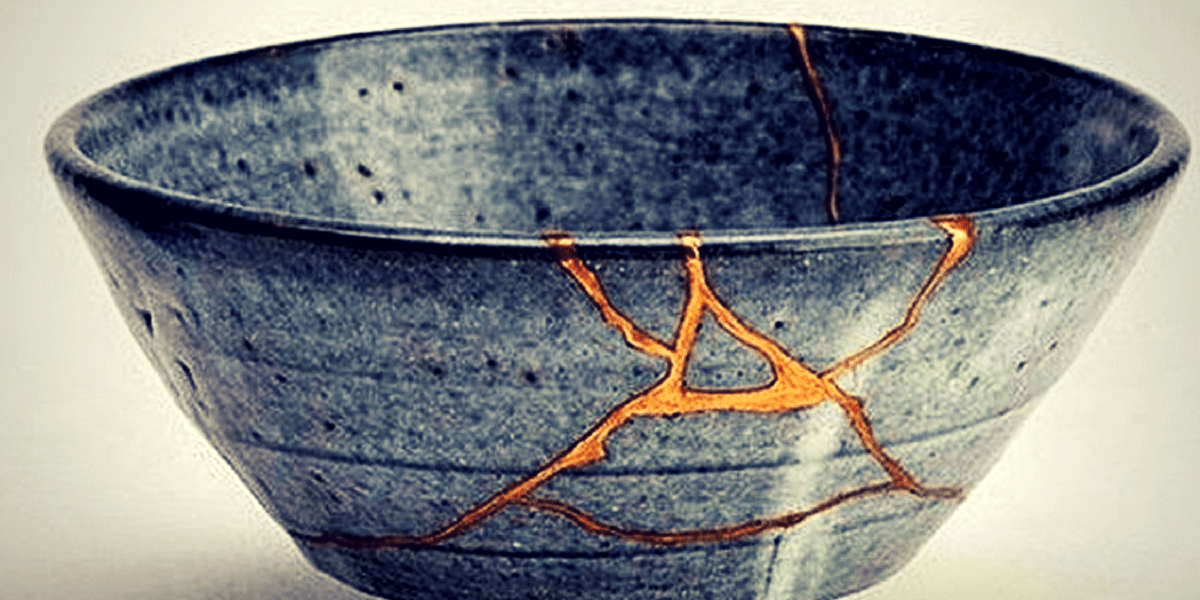the Ghostbusters Tackle Grief
The other night we watched the 2016 Ghostbusters movie. I don’t know if you’ve seen it. It’s very funny. But that’s not really my point right now. Though, if you don’t believe me, here is the trailer:
My family enjoys this movie, but that’s not what I want to talk about.
I want to talk about grief. and about how the only way to get through grief is to grieve.
Grief is our natural emotional response to any significant loss or change.
Emotions are energy.
Energy must expend itself. Bad things happen when we bottle up our emotional energy. We can either explode and lash out at others. You know the saying: “Hurt people hurt people.” Grief hurts. Or, we can implode and direct that emotional energy back at ourselves in self-destructive thoughts or behaviors. Part of learning to deal with grief is learning how each one of us processes emotional energy in healthy ways.
The only way to get through grief is to grieve. That emotional energy must let itself out because it is our love with nowhere left to go. The only way to get through grief is to grieve. Just like in Pixar’s ‘Finding Nemo’ where the only way through the trench is “through it, not over it.”
Grief is our natural emotional response to any significant loss or change.
Emotions are energy.
Energy exhausts itself.
Grief is not not the same thing as depression.
Grief comes and goes like waves. Depression is a constant heaviness that does not lift no matter the circumstances. The two often intertwine, but they are not the same. If you wonder if you might be experiencing depression, please contact a trained professional.
Grief is our natural emotional response to any significant loss or change.
Emotions are energy.
Energy exhausts itself.
The only way to get through grief is to grieve.
Back to Ghostbusters: there’s this scene where they’re testing out their new equipment behind the Chinese food restaurant where they rent office space.
Melissa McCarthy’s character Yates gets caught up in a laser beam that separates her from her footing and changes her direction and shakes her about just like grief does for so many of us. As she’s flailing about, Leslie Jones as Toran says: “I guess she’s not bending her knees enough, right?” This, of course is a reference to ate McKinnon’s Holzmann trying to ease Yates into all this by saying: “You’re going to want to plant your feet firm; bend your knees to compensate for the extra kick-back.”
You can’t plan for grief. You think you can, but grief is an emotional process that doesn’t care what preparations you’ve made. It will whip you about and leave you unsteady, but it does not control you.
Yates finally comes to earth only as Holzmann urges: “She’s doing a marvelous impression of a deflating balloon. We’ve just gotta let her ride it out until it’s out of juice.”
This is the grief process. “We’ve just gotta let her ride it out until it’s out of juice.” I wish I had different news for you, but the only way to get through grief is to grief. Pay attention to your emotions and how you process them.








